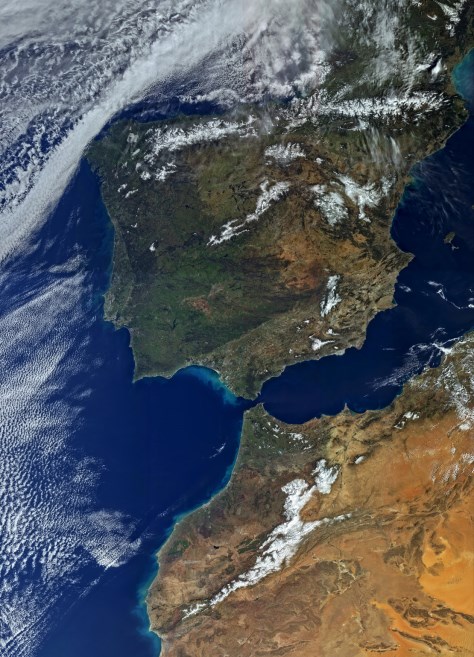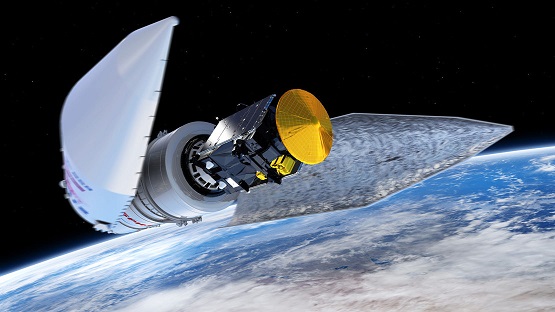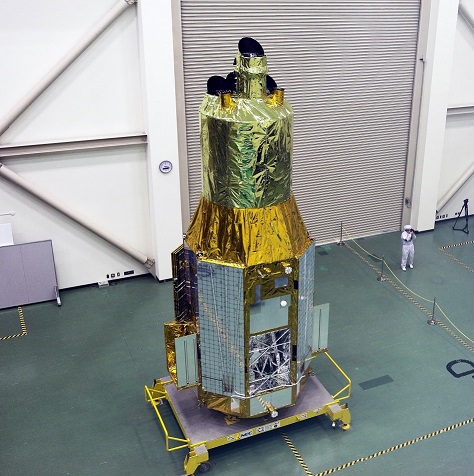
STAR-Dundee is to collaborate with Microsemi to provide SpaceWire and SpaceFibre network technology using Microsemi’s RTG4 high-speed signal processing radiation-tolerant field programmable gate arrays (FPGAs).
“We are pleased to be working with Microsemi and leverage our unrivalled expertise to help the company expand the growing adoption of RTG4 FPGAs in SpaceWire and SpaceFibre applications,” said our CEO, Steve Parkes. “Our commitment is to ensure our customers can begin working with our technologies as quickly as possible, and utilizing Microsemi’s innovative RTG4 FPGAs can help the industry achieve this easily.”
STAR-Dundee is a Microsemi FPGA & SoC Partner, offering SpaceWire and SpaceFibre IP for Microsemi radiation tolerant FPGAs including the RTAX and RTG4 devices.
Further details are provided in Microsemi’s news release on the collaboration.
Information on the services that STAR-Dundee provides for Microsemi devices can be found on our STAR-Dundee Microsemi Partner page. Also available on this page is a video featuring our CEO, demonstrating our SpaceWire and SpaceFibre IP on the RTG4.



